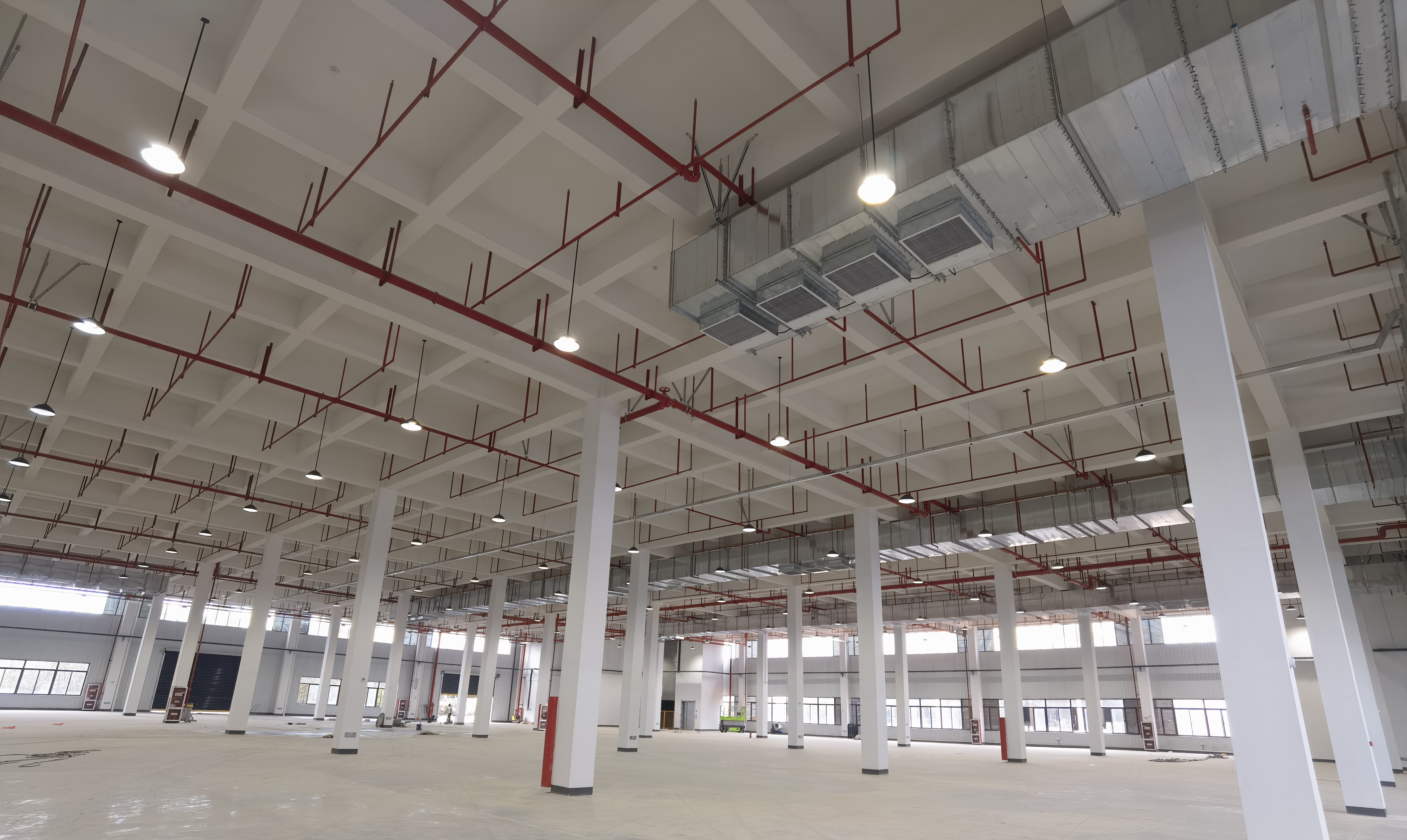Sansi LED: Sustainable LED Lighting and Integrated LED Display
Delivering premium and professional LED Display, LED Lighting, Smart City Integration solutions, trusted by over 60,000 companies worldwide everyday. From industrial lighting to commercial lighting, from outdoor advertising to XR & VR production, Sansi LED greatly improves the quality and sustainability of your business with 30 years of expert experiences.
With the development of modern industry, factories and warehouses will face various hazards in the process of production, storage, and transportation. To ensure the safety of the workplace, the choice of lighting in hazardous areas is crucial. LED industrial lighting, as a new energy-saving lighting technology, has been widely used in factory and warehouse lighting. This blog will discuss the classification of hazard levels in factory warehouses and how to choose LED industrial lighting for different hazard levels.

Generally, the hazard levels of factories and warehouses are usually classified based on potential dangers and possible explosiveness. Internationally, the commonly used classification standards are formulated according to the International Electrotechnical Commission (IEC) standards. The IEC divides hazardous areas into four zones: Zone 0, Zone 1, Zone 2, and Zone 20, Zone 21, Zone 22. Among them, Zone 0 and Zone 20 are the highest hazard levels, followed by Zone 1 and Zone 21, and Zone 2 and Zone 22 have the lowest hazards.
Zone 0 and Zone 20 are considered highly hazardous areas, with potentially explosive gases and vapors. In these areas, it is necessary to choose explosion-proof LED industrial lighting. These lighting devices usually have explosion-proof functions to prevent the generation and spread of sparks and comply with relevant safety standards.
Zone 1 and Zone 21 areas have relatively lower hazards but still have possible explosive gases and vapors. In these areas, it is appropriate to choose explosion-proof or dust-proof LED industrial lighting. These lighting devices can effectively prevent the generation and spread of sparks and resist dust intrusion.
Zone 2 and Zone 22 has the lowest hazard level, mainly due to combustible or flammable dust. In these areas, dust-proof LED industrial lighting is sufficient. These lighting devices have protective measures to effectively prevent interference from dust on internal electrical components.
Factories and warehouses usually require high lighting brightness to ensure the safety of workers and the quality of production. LED industrial lighting has high brightness and can provide uniform lighting quality, making the work environment brighter and clearer. LED industrial lighting has higher energy efficiency and longer lifespan compared to traditional lighting devices such as fluorescent lamps. This advantage makes LED lighting more advantageous in reducing energy consumption and maintenance costs.
Factory and warehouse environments are often challenging, with possible factors such as moisture, corrosive gases, and vibrations. Therefore, it is crucial to choose LED industrial lighting with good durability and protective performance to ensure its reliability in harsh environments.
In conclusion, the hazard level classification in factory warehouses plays a major role in selecting the right LED industrial lighting. Depending on the hazard levels, it's crucial to choose explosion-proof or dust-proof LED lighting to keep the workplace safe. For more detailed information on how to match lighting to specific hazards, you can refer to the Industrial Lighting Guide. Additionally, factors like brightness, energy efficiency, lifespan, and durability should be considered. By making smart choices with LED industrial lighting, you can improve workplace safety and comfort, while also cutting down on energy costs and maintenance.
-
NO DATA
